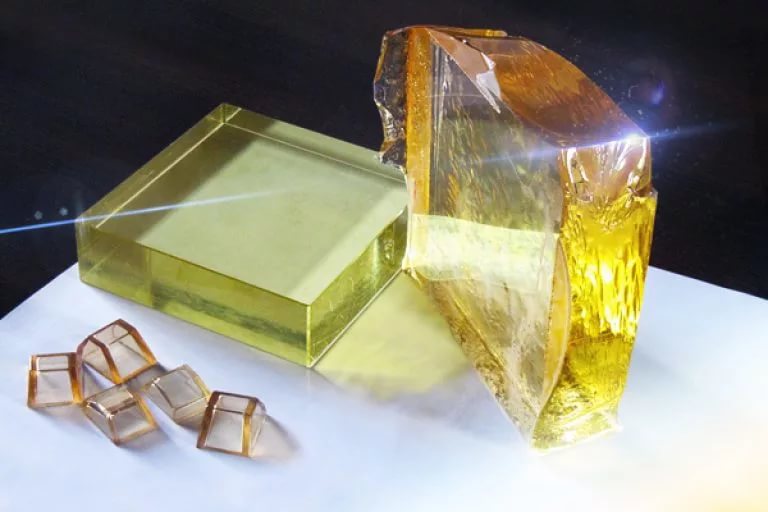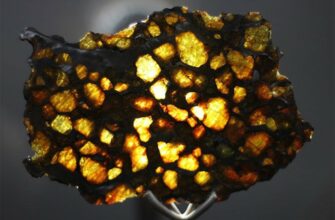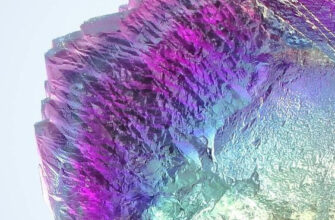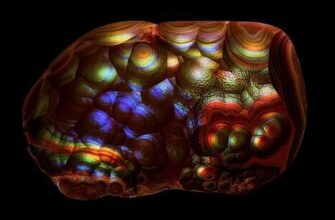Extremely expensive jewelry with natural stones is available to a few. But for the rest today it is not a problem. Science and technology have created sitall stone. Only special equipment is capable of distinguishing it from a ruby, sapphire, emerald or other natural stone. Anyone can buy earrings, a ring or cufflinks.
What is sitall
Sitall is a glassy crystalline material. It was synthesized in laboratory conditions and copies aluminosilicate glass in composition. Its natural counterpart is obsidian volcanic glass.
Modern modification - nanositoll. Consists of SiO2 and Al2O3 - the basic components of most natural jewelry stones.

The technology allows you to create stones of any transparency, color, size or purpose. According to these features, the classification distinguishes jewelry material, ceramics and slag ceramics.
| Density | 2400-2950 kg/cu.m. |
| Flexural strength | 70-350 MPa |
| Temporary resistance | 112-161 MPa |
| Water Absorption | 0.01% |
| Electrical strength | 25-75 MV/m |
| Heat resistance | up to 1000 ° C |
| Mohs hardness | 6,5-7 units |
| Special properties | transparent, magnetic, semiconductor, radio transparent |
The history of the origin of the stone
Sitall is a product whose history of creation is ambiguous.
The right to be considered the "parent" of the stone is disputed by Russia and the United States:
- American Donald Stuckey developed the technology in 1957. The firm that created the crystals called the material pyroceram.
- In the Soviet Union, glass-ceramics were developed by a group of scientists led by Isaac Ilyich Kitaygorodsky. He came up with the idea to use metallurgy waste (blast-furnace slag) as a raw material for the production of stone.
He also introduced the concept of "sitall" into scientific use. According to one version, it is a hybrid of "glass" and "crystal". According to another, the term is derived from the names of the chemical elements that form the crystal: sicilium (silicon) and aluminum.
Stone properties
Sitall is glass-like crystals. But their properties are fundamentally different from the "glass".
Stone characteristics:
- hardness on the Mohs scale - 6,5–7;
- density - 2,4-2,9 g / cm3;
- melts at 1000 °C; some types of crystals are higher.
Other qualities of the stone are provided by the chemical composition and structure:
- Heat resistance is guaranteed by lithium, aluminum plus mineral raw materials (mullite, eucryptite, spinel) in the composition of crystals.
- Unlike natural stones, glass-ceramic porosity is zero.
- The super fine grain makes it an electrical insulator.
- Increased density creates the same thermal conductivity.
- The stone is chemical resistant.
The transparency of the crystals is almost perfect: their length is measured in hundredths of a millimeter, which is half the wavelength perceived by the human eye. Jewelers appreciate it.
How are crystals obtained?
The manufacturing technology of glass-ceramics is almost the same as that of glass or glass-ceramics. The property of glass to crystallize is taken as a basis.
Stone making steps:
- A "source" is being prepared - a mixture consisting of one or more nucleators (the core of the forming substances-clarifiers). They determine the number of central elements for further crystallization. There are billions of such substances for every mm3.
- The mixture melts. This process is two-phase. First, the centers of the crystal crystallize, then the temperature is increased so that they are overgrown with new aggregates.
- The molten mass is poured into molds.
- The resulting stone is cooled.
The result is a finely crystalline glass ceramic.

In contrast to the production of glass by spontaneous crystallization, glass-ceramics have everything ordered and controlled.
The glass-ceramic production technology was used in the molding of ruby glass-ceramic glass for stars on the Spasskaya Tower of the Moscow Kremlin.
Jewelcrafting
Getting a stone for the jewelry industry became possible in the new millennium, with the advent of nanotechnology. Initially, he was supposed to copy sapphires and emeralds. However, today glass-ceramic samples of any color are created with predetermined dimensions.
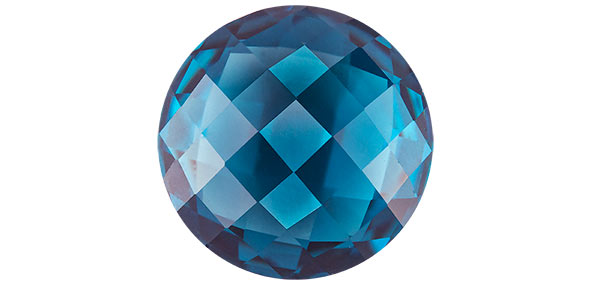
Stone types
Dozens of types of jewelry sitall have been obtained. The main ones are:
Nanosynthetics imitates any natural stones, but they are cleaner, more transparent than natural ones.
Product range
The strength of nanositalls is such that jewelers create a full range of jewelry - from pendants to massive necklaces:
- Stones are framed with silver or gold, combined with white or colored cubic zirkonia.
- The style of products allows you to choose jewelry with glass-ceramics for all occasions: in the office, for a walk or a prestigious party.
- For daytime outings, a palette imitating opaque stones is appropriate: opal, cacholong, agate, turquoise, others.

Sitalls are super strong. Some care will be required if arranged in a product with cubic zirkonia. The latter are more vulnerable.
Price
The synthesized material is financially available to everyone. The cost of jewelry is more determined by the material of the frame:
- silver earrings with sitall - 30-60 euros;
- silver ring - 40-80 euros;
- gold earrings - 300-600 euros;
- gold ring - 300-500 euros.
The terms "sitall" and "nanositall" are equivalent in the jewelry sphere. On the tags or in the description, both options apply.
At the same time, the most expensive are red “ruby” crystals. Next come blue, blue sitall (imitating aquamarine), lilac pebbles. However, the difference in the price of inserts does not exceed a couple of tens of percent.
Other uses
Sitalls are not only an affordable analogue of precious jewelry raw materials. Artificial stone is involved in practical, "mundane" areas:
- Engineering. The properties of glass-ceramics are regulated by supplementing the composition with the necessary elements. For example, a raw material modified with perlite or dolomite becomes a reliable electrical insulator. Copper or silver increases sensitivity to photochemical processes. Sitall coating of metal parts makes them beautiful and invulnerable to corrosion.
- Optics. Raw materials with additives are quite transparent, therefore they are used in the manufacture of mirrors, lenses, light filters and a similar assortment.
- Oil Gas. Glass-ceramic pipes are ordered by companies for the extraction, processing, and transportation of raw materials. They have increased thermal and mechanical wear resistance. The material is durable, reliable, which is important in the harsh climate of Siberia or the Far North, when delivering raw materials for a thousand kilometers.
- Electronics. In radio electronics, crystals are used as dielectric insulation for microcircuits.
- Aviation. Glass-ceramic based on them is a material for rocket fairings.
- Building. A popular flooring material of the new generation is glass marble. Its consumer characteristics are beyond praise: it is unpretentious, does not wear out for decades.
- Medicine. In dentistry, crystals have found application as a material for fillings and dentures.
- household sphere. Glass-ceramic dishes, other containers are suitable even for microwave ovens.
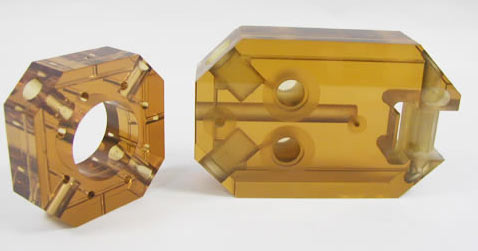
In these areas, ceramic or slag ceramics of various grades are used: lithium, boron-barium, magnesium, titanium, and others. A new trend is foam-slag-ceramics.
In the Ostankino tower, the floor is made of this transparent glass-ceramic material, which is not inferior to metal in strength, and is built into a regular floor in separate elements. Each of these blocks is designed to withstand a weight of up to 10 tons.
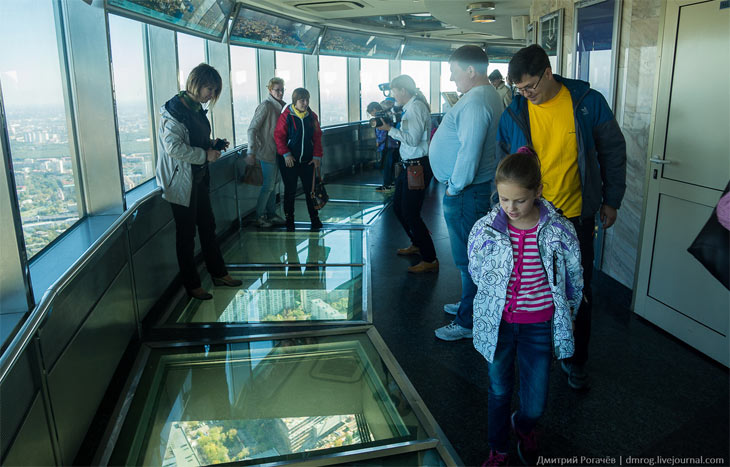
Advantages of synthetic stone
The advantages of synthetic crystals in industry or other industries are not disputed.
Their use generates controversy in the beauty industry. But here, too, the sitall jewelry stone has many fans.
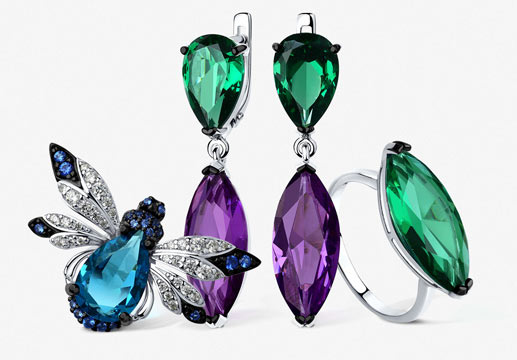
The advantages of laboratory-created crystals are obvious:
- Outwardly indistinguishable from natural, they look natural, expensive, chic.
- In terms of physical parameters - purity, resistance to external influences, others - they are superior to natural ones.
- Sitall products do not require special care, caution when using. They can serve forever.
- They cost tens and hundreds of times lower than natural analogues.
Typical examples:
- morganite. This pink beryl in its natural form is often cloudy, discoloring even in the sun. Due to the presence of radiation, large products are not made from it. At the same time, it's worth it. Sitall morganite is transparent, indifferent to temperature. There is no mention of radiation. A beautiful peach nanocrystal with a slight haze is turned into a cushion.
- Tourmaline Paraiba. Natural stone is very rare, expensive, but almost always far from ideal. Sitall Paraiba has a bright, thick turquoise and blue color. Unbanal color iridescence appears even at dusk. This quality gave rise to the names of the crystal - electric or neon.
- Seatall London. Copy of smoky gray-blue topaz. But it does not turn pale, does not become chaotically spotty in the sun.
- Sultanite. In this glass-ceramic crystal, the color iridescence is more pronounced than in natural. Not afraid of the sun.
Sitalls in jewelry are spectacular with white or rose gold. They look expensive, so jewelry with them is worn with luxury clothes.
Glass-ceramics are superior in physical and aesthetic parameters to cubic zirkonia, Swarovski crystals, and other "old" artificial counterparts. They are more durable and do not fade. After cutting or other processing, even large crystals retain their brilliance and color.
Magical or not?
Sitalls are grown by man, therefore they are deprived of healing or magical properties.
But there are advantages to this. Intrigues or "whims" on the part of the pebble are excluded. The most powerful sorcerers or other ill-wishers cannot charge it to the detriment of the owner.
Finally, jewelry can be chosen and worn as you like: sitall suits everyone, regardless of the sign of the Zodiac.
| Zodiac sign | Compatibility |
|---|---|
| Aries | + |
| Taurus | + |
| Gemini | + |
| Cancer | + |
| a lion | + |
| Virgo | + |
| Scales | + |
| Scorpio | + |
| Sagittarius | + |
| Capricorn | + |
| Aquarius | + |
| Pisces | + |
("+++" - fits perfectly, "+" - can be worn, "-" - absolutely contraindicated).
Conclusion
Sitall is a product of the XNUMXth century, in demand by “practical” spheres of human life. Nanositall is a child of the third millennium. He is taken away by medicine, advanced industries, the beauty industry.
It is impossible to detect the difference between it and a natural gem by eye. Jewelry with it is affordable, chic, indistinguishable from natural pebbles.
It is worn without checking the horoscope. Or they are selected according to the recommendations of astrologers as a natural stone.
